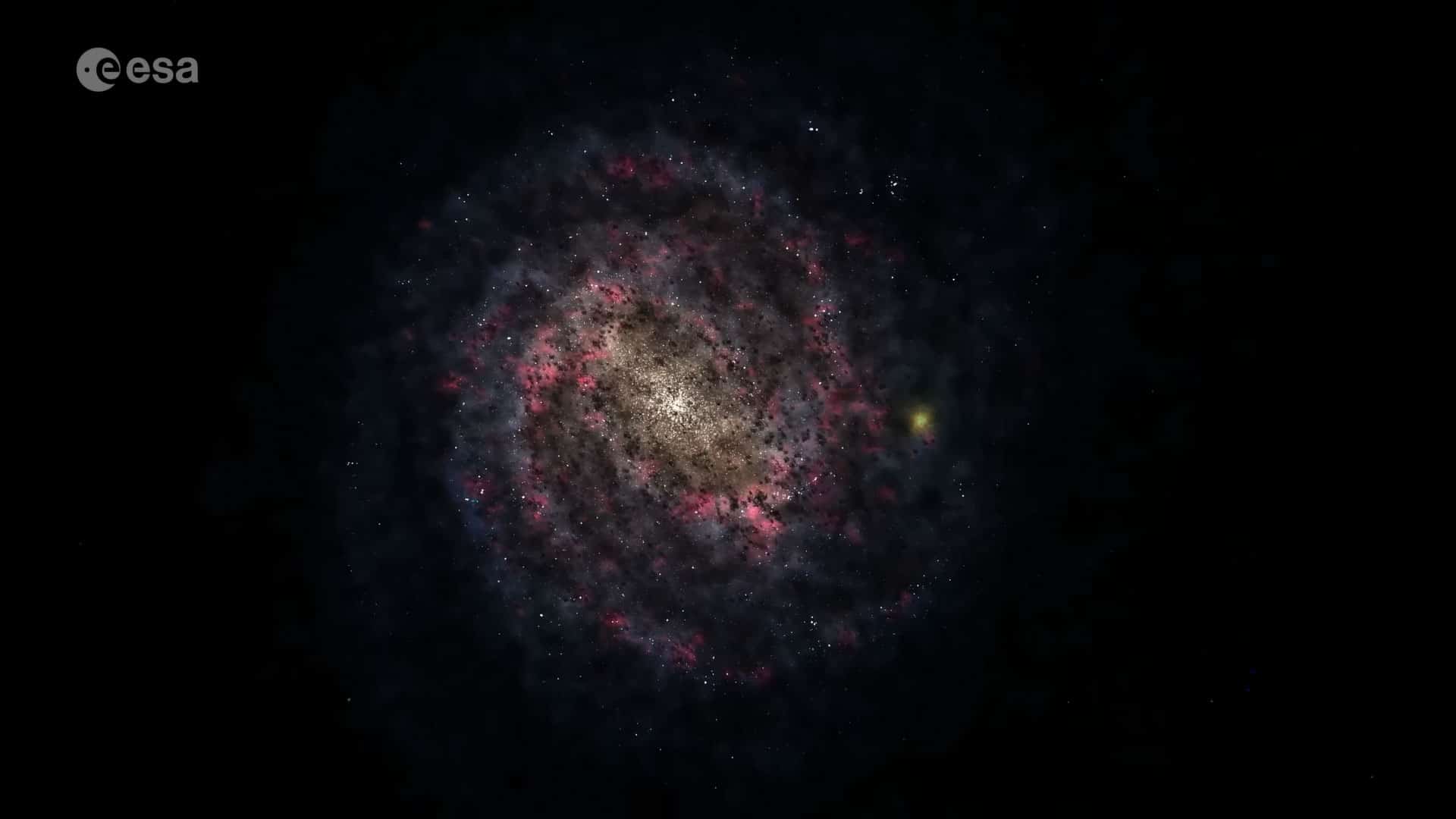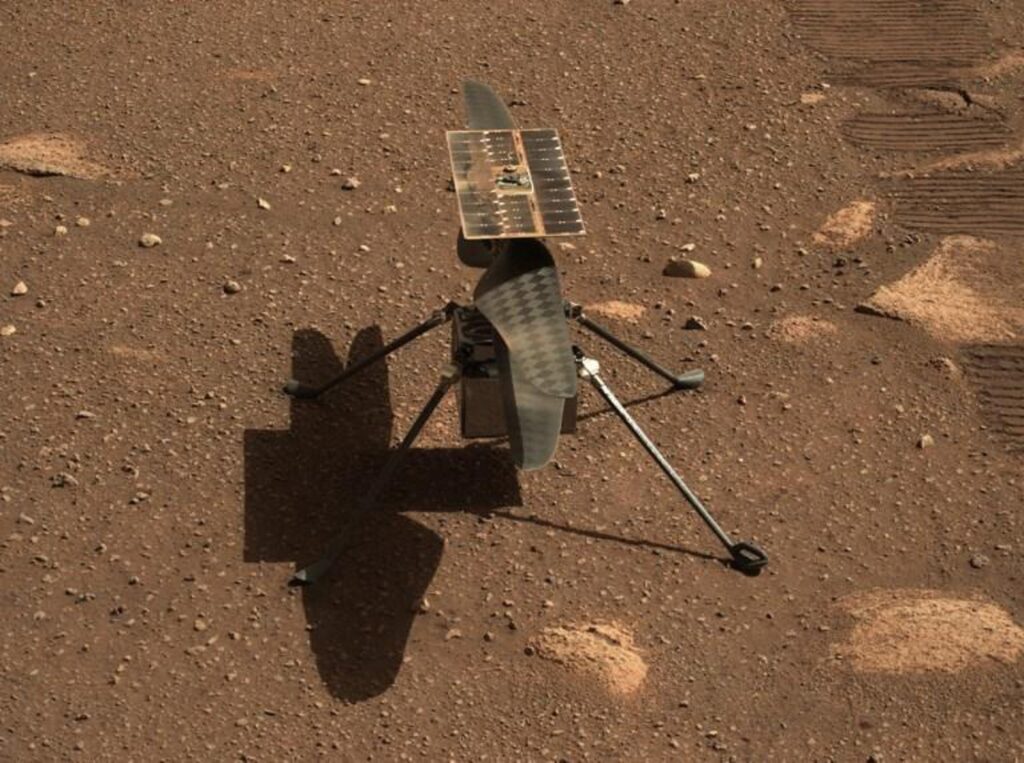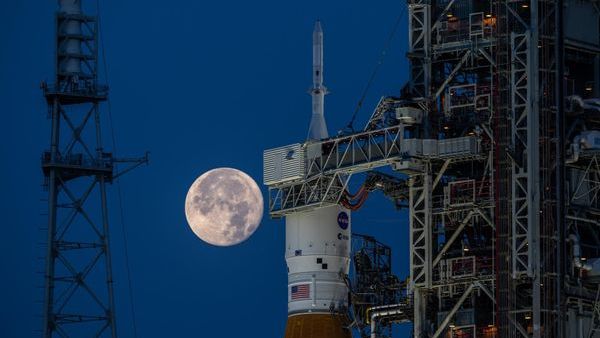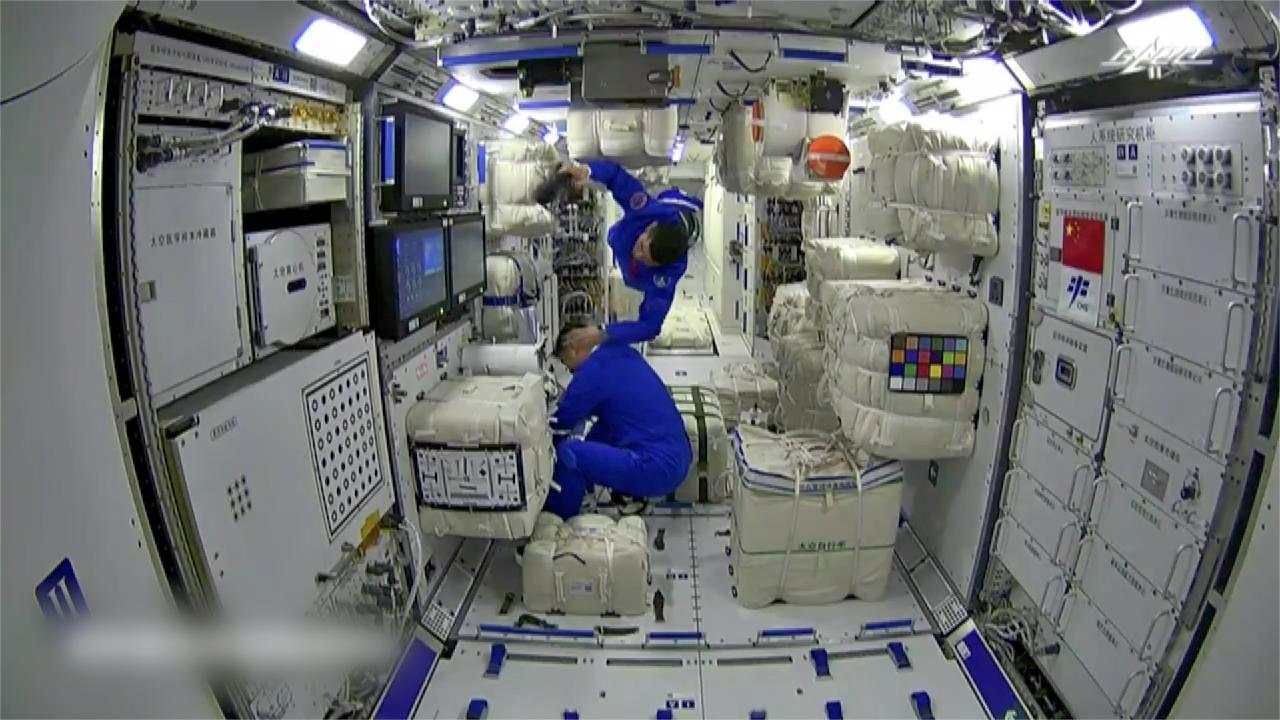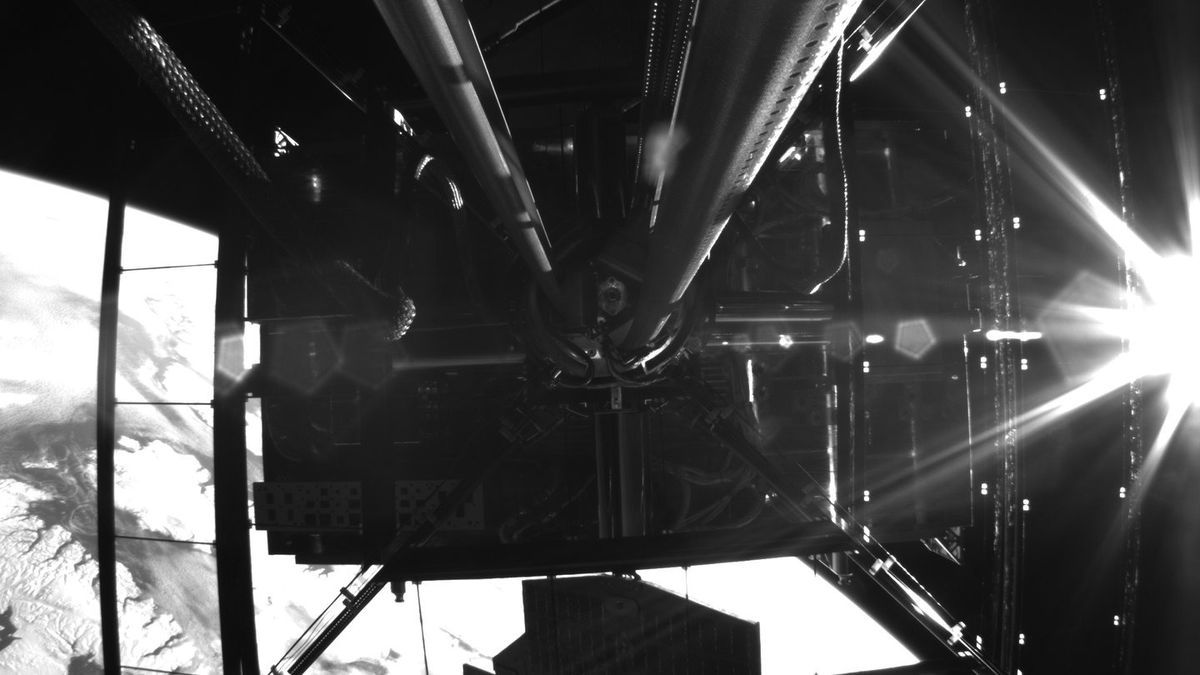Astronomers have found a new way to measure cosmic distances by interpreting the “music” created by vibrating stars, serving as a huge orchestra of cosmic instruments.
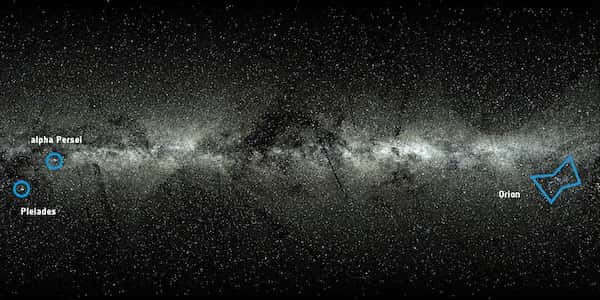
Gaia’s Galactic Music: New Method Unveils Precise Measurements for Two Billion Stars
This novel method will let the European Space Agency (ESA) satellite Gaia measure the locations, distances, and movements of two billion stars while creating a 3D Milky Way map. Scientists usually measure star distances using parallax, the apparent shift in an object’s position from two perspectives.
Due to its limits, especially for distant stars, this method may bias measurements. To address this, a collaboration of EPFL and University of Bologna scientists used asteroseismology to collect exact observations from over 12,000 oscillating red giant stars.
Like geologists investigate Earth’s structure through earthquake patterns, astroseismology analyzes star oscillations. Researchers measured distance by translating stellar motions into soundwaves and detected a spectrum of corresponding sound frequencies.
READ ALSO: World’s best space-based thermometer dead 2 months after 1st image release
Stellar Harmony: Scientists Use Star ‘Music’ to Perfect Gaia’s Measurements
EPFL Standard Candles and Distances researcher Saniya Khan said they “listened to the ‘ music’ of a vast number of stars, some of them 15,000 light-years away.” They used the frequency spectrum of stellar oscillations to estimate star size and brightness with this novel method. The team calculated ultimate distances using brightness data, stellar temperatures, and chemical composition.
The distances were used to calculate parallax, which was then compared to Gaia’s. Gaia, an ESA satellite, enhanced stellar parallax measurements, but asteroseismology is essential for checking its accuracy across the sky, including low- and high-intensity stars.
According to EPFL Standard Candles and Distances research group leader Richard Anderson, asteroseismology is “the only way we can check Gaia’s parallax accuracy across the full sky.” In the future, exoplanet detection and survey missions like TESS and PLATO will use asteroseismology to improve Gaia’s parallax measurements and help astronomy and astrophysics.
READ ALSO: How the songs of stars can help perfect Gaia’s sweeping map of our galaxy
